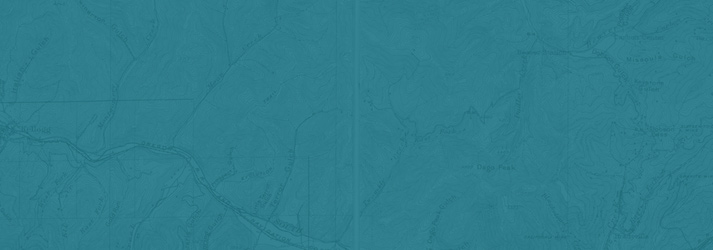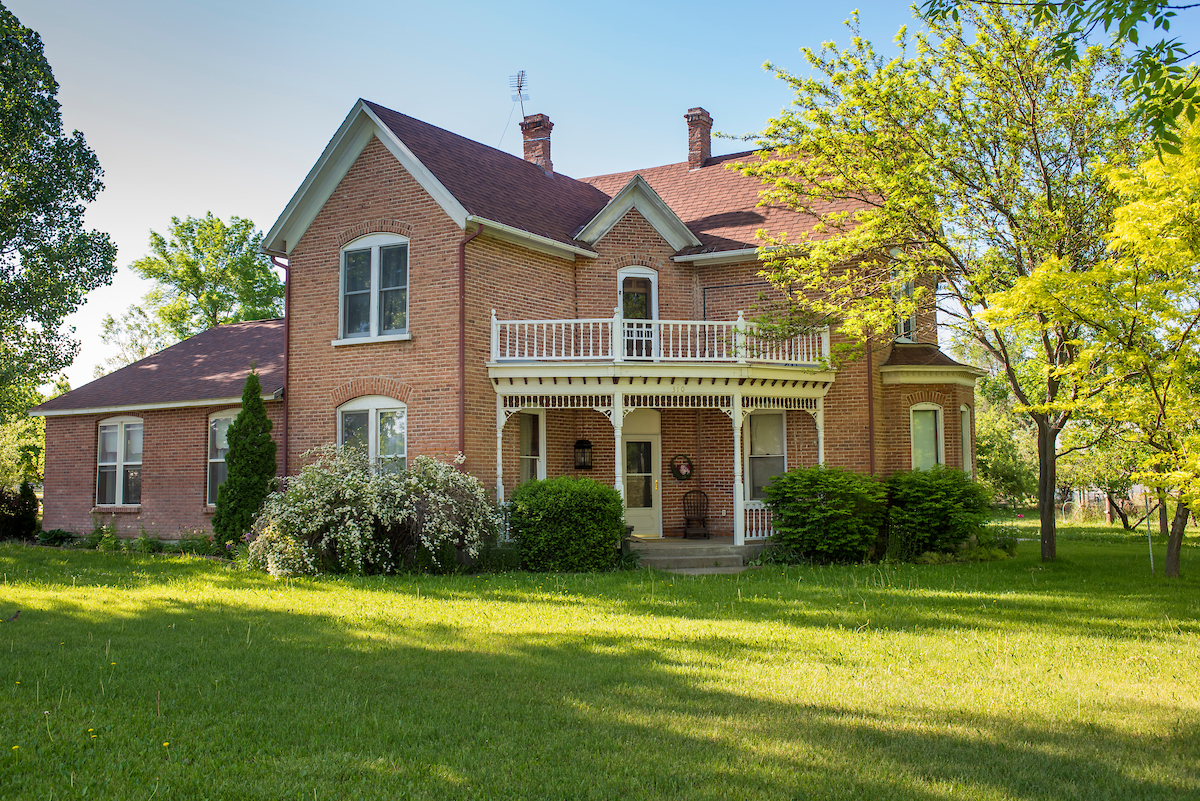
Museums, Musicals, and Everything In Between. Discover Local Culture through Southern Idaho’s Arts & Museums.
Southern Idaho takes its arts and history seriously. Some of the region’s smallest towns boast the finest performing arts venues. Plus, every county features a treasure trove of history and a museum where you can browse through the past. Don’t wait, get a glimpse of Southern Idaho’s Arts & Museums.
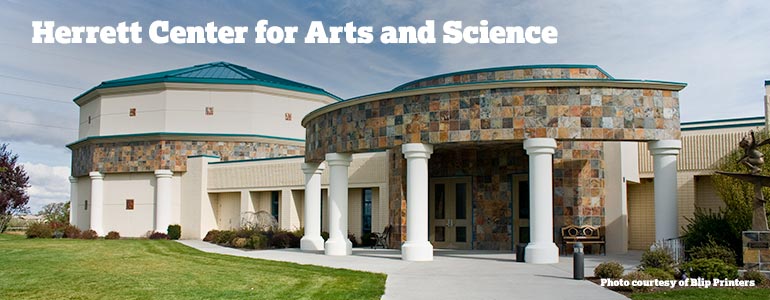
Herrett Center for Arts and Science
Soar through the solar system in the newly upgraded Faulkner Planetarium or peek at a planet from the Centennial Observatory. Explore the museum galleries where you’ll see a complete mammoth skeleton, contemporary art, and ancient artifacts. Planning a special event? The Rick Allen Community Room might be the perfect place. And don’t forget to visit the Herrett Center Store. You’ll find unique gifts, jewelry, and educational toys. Located on the College of Southern Idaho campus, just off North College Road.
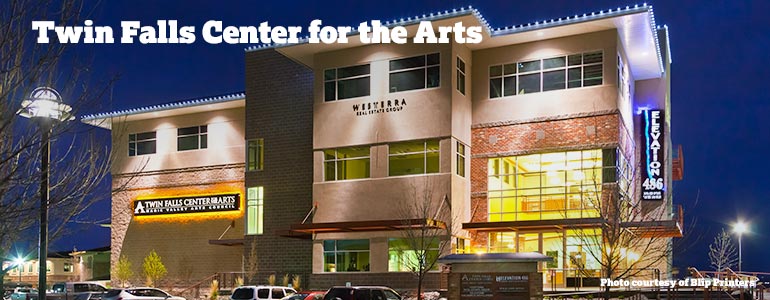
Twin Falls Center for the Arts
This headquarters for the Magic Valley Arts Council is also home to professional offices and Elevation 486. The building perches above the scenic Snake River Canyon and Canyon Rim Trail. This multi-use community space includes an outdoor plaza, a two-story atrium with a view of the canyon, a 170-seat auditorium, and three multi-purpose rooms for art.
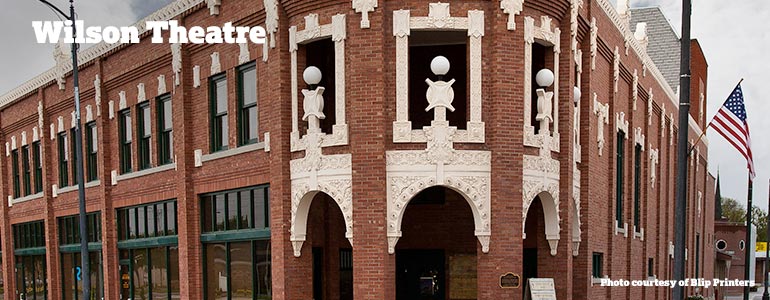
Wilson Theatre
Originally designed and built in 1920, this incredible performance center has hosted vaudeville, musical performances, plays, and movies. It has changed significantly through many decades of Idaho history, but has become a community gem. This resulted in a complete renovation beginning in January 2000. The community came together to bring the theatre back to its original splendor. In 2001 the Historic Wilson Theatre was listed on the National Register of Historic Places. Over the past 15 years, no detail has been spared in re-creating the original art and architecture. Located on Rupert’s Town Square, the Theatre also offers ideal spaces for meetings, conventions, and art exhibits.
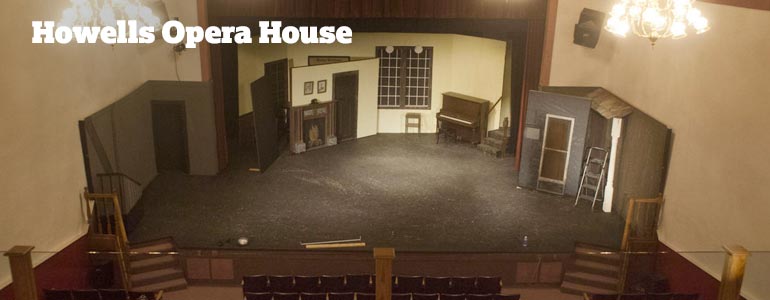
Howells Opera House
Howells Opera House was a treasure when it was built, and it remains a beloved community center today. Judge B.P. Howells erected the opera house — also known as the Oakley Playhouse — in 1907 for $22,000. As one of the only theaters (if not the only) between Salt Lake City and Boise, Howells Opera House was a vibrant part of community life.
The Howells sold the theatre to the LDS church in the 1920s, but by the 1970s it was facing the wrecking ball. Then the Oakley residents came to the rescue by forming the Oakley Valley Arts Council, which transformed the theatre once again into a haven for the arts.
If you attend a show there keep an eye out for the building’s most famous resident. The dark-haired ghost of a woman who can sometimes be seen backstage or even watching performances.
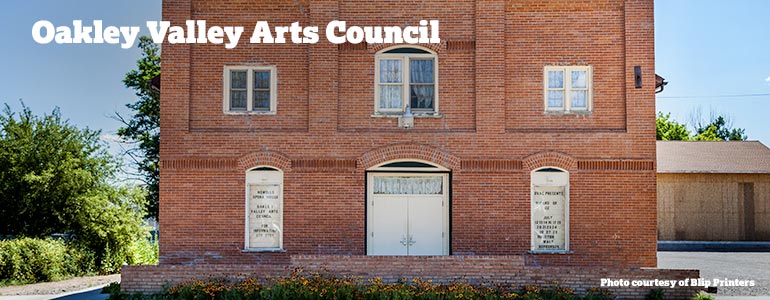
Oakley Valley Arts Council
The Oakley Valley Arts Council produces musical and theatrical productions year-round thanks to the efforts of devoted volunteers. They are housed in the historic Howells Opera House, a building they saved from disrepair.
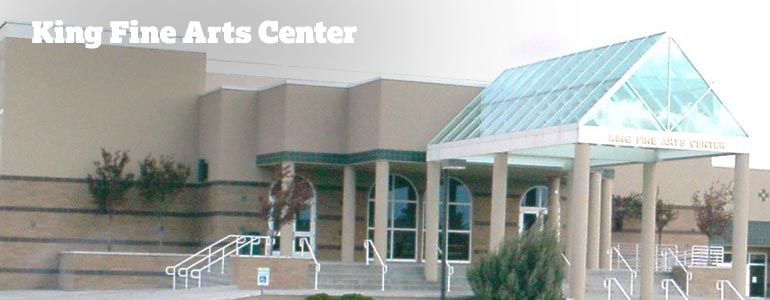
King Fine Arts Center
The arts center opened in 1999 and has attracted hundreds of thousands of attendees to Burley. They host a steady stream of arts and entertainment. The center is located at the southwest corner of Burley High School and has a 1,300-seat venue with an advanced sound system. It also has a lecture chamber and band and choir practice room. Visit year-round for well done entertainment.
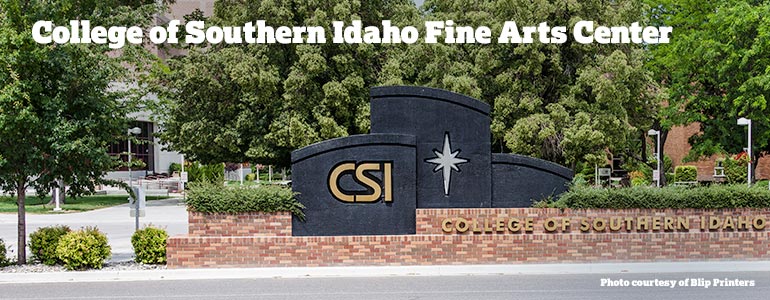
College of Southern Idaho Fine Arts Center
This center regularly showcases the talents of the CSI music, theatre, and communications departments. It includes a fine arts recital hall and an auditorium. The center hosts youth camps during the summer. Additionally, the center boasts an impressive number of art, theater, and musical productions.
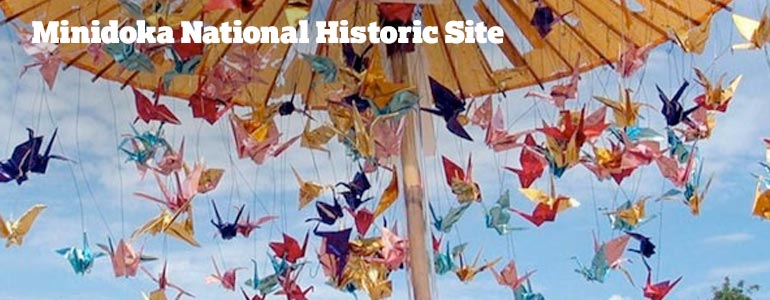
Minidoka National Historic Site
The Minidoka National Historic Site explores one of the most painful chapters in the nation’s history. The forced internment of thousands of Japanese and Japanese-Americans during World War II.
Between 1942 and 1945, this remote site served as a detention center during the relocation of 120,000 residents of Japanese ancestry. More than 10,000 internees were transferred to this spot in the high desert of Southern Idaho. Because of orders from President Franklin Roosevelt. Internees included many ordinary families and notable people. Some included William K. Nakamura, a Medal of Honor recipient; Newton K. Wesley, who helped develop the contact lens; and composer Paul Chihara, among many others.
When the war against Japan ended in 1945, the internees were released. Most returned home, however some survivors and their descendants still farm in the area. The site became a national monument in 2001, and it’s still being developed.
This historic site is under development, but has seen significant growth in the past few years. It is now the site of a great new visitor center, interpretive trail, baseball field and more.
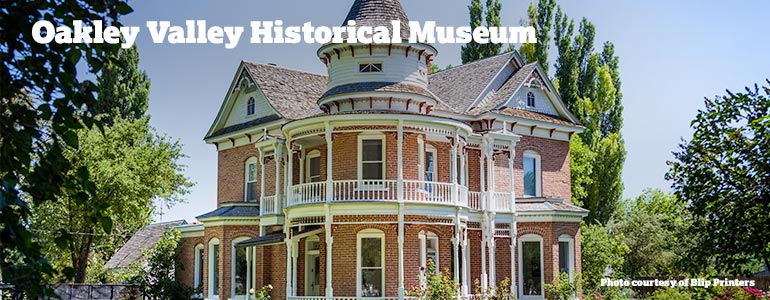
Oakley Valley Historical Museum
Today it is on the National Register of Historic Places due to the collection of historic buildings in the area, which date back to 1883. This museum chronicles the history of the town and the surrounding area near City of Rocks.
Explore the rich heritage of the Oakley Valley with a stop at this museum. Learn about the Native Americans who lived in the area and battles between cattle and sheep ranchers. Then how it became the bustling business community of the early 1900s.
Oakley Historical Area
This town, located south of Burley near City of Rocks National Reserve, was founded by Mormon immigrants in 1878. Today it is on the National Register of Historic Places due to the outstanding collection of old stone and brick buildings in the area. These date back to 1883 and are some of the oldest in Idaho. Oakley stone, an Idaho quartzite, is quarried nearby.
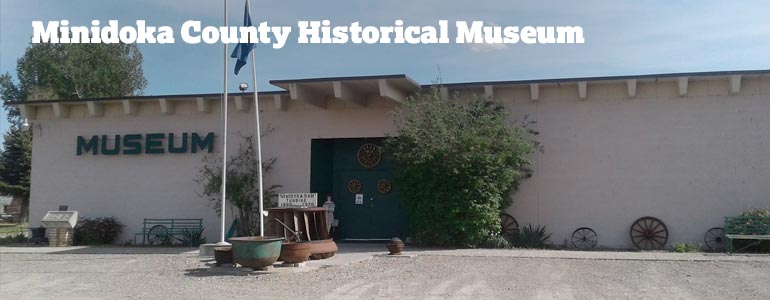
Minidoka County Historical Museum
This museum features Rupert’s 1906 railroad depot, a caboose and a genuine Russell steam engine that has been restored to its original colors.
You’ll see wooden carts once used by the firemen of yesteryear at the railroad depot in Minidoka. Exhibits include the marble soda fountain from 1926. Which still has its original supplies and a display of over 600 bottles and jars. Other artifacts include a permanent wave machine, an arc-light blueprint machine, a restored sheep wagon, and items from the historic Minidoka Dam and power plant. See also Rupert’s first jail, a homestead shack, memorabilia from Rupert High School.
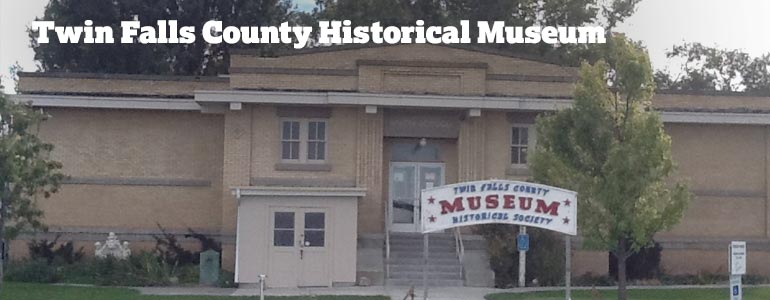
Twin Falls County Historical Museum
The museum is located in the old Union School at Curry Crossing. The Twin Falls County Historical Museum offers its visitors a unique opportunity to take a step back to the early days of the Magic Valley.
You can see the farm machinery that was used to develop the land, and the daily items that made life easier for those who lived here. From steam tractors to lacework, the museum displays a wide variety of artifacts showing how life was carried out. Peer into the past with all those little objects that together show us the way that folks made a place to call home.

Jerome County Historical Museum
Discover the history of and see artifacts from the Jerome area at this county museum located next to the Jerome Memorial Library.
Exhibits include the Hunt Japanese American Relocation Center displays and the North Side Irrigation Project displays. A research center includes over 100 bound volumes of newspapers. Books and gift items are available for sale.
Lincoln County Historical Museum
This museum is housed in the historic Masonic Lodge in Shoshone, located just across from the Lincoln County Courthouse. The museum, run by the Lincoln County Historical Society, features the history of Shoshone — once a railroad powerhouse — and the surrounding area.
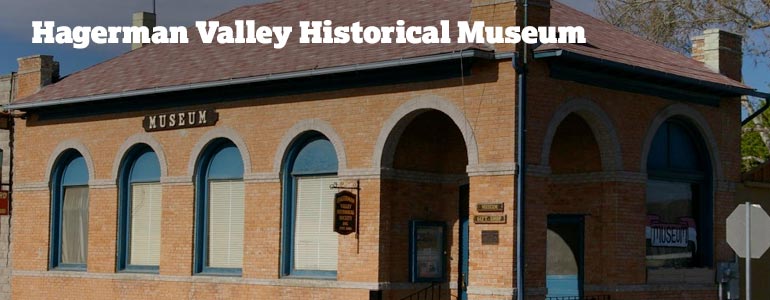
Hagerman Valley Historical Museum
You can see the actual fossils of prehistoric animals unearthed from the Hagerman Fossil Beds at the Hagerman Valley Historical Museum.
The Museum has a full-cast replica of the fossilized horse. there is also a mural showing how the area might have looked when this ancient horse roamed what is now the Snake River Plain. There are regional family histories on file as well as pictorial and past news items.
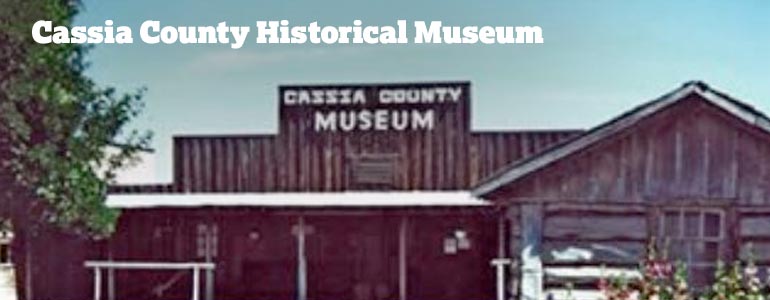
Cassia County Historical Museum
Located on E. Main Street in Burley, this museum presents a display of clothing and items found during the past century in Cassia County. Indian artifacts, fossils, farm tools as well as two train cars are on display. There are also many pieces of horse-drawn farming equipment which are housed in additional buildings.
Read More
- Barns Put Idaho’s History in Plain Sight
- Haunted Southern Idaho: Six of the Region’s Most Hair-Raising Spots
- Magic Valley Historical Information
Add your content here

